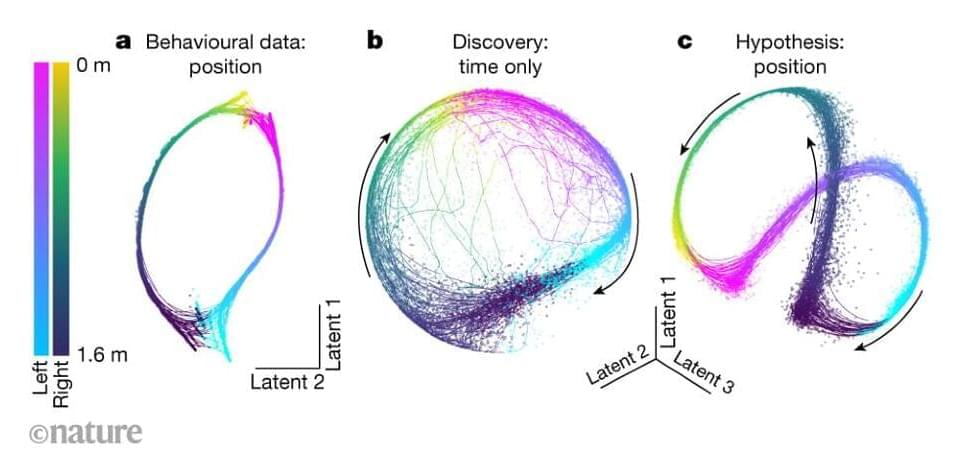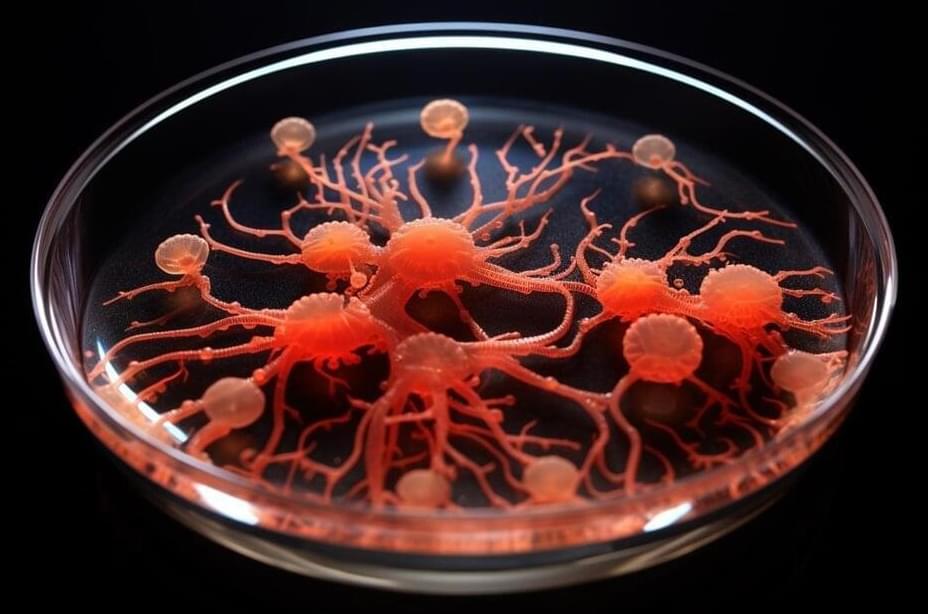At its I/O developer conference, the search giant needs to rethink its AI strategy if it wants to catch Microsoft. The missing element? Experimentation.
Google has had a rough six months. Since ChatGPT launched last November — followed by the new Bing in February and GPT-4 in March — the company has failed to establish its AI credentials. Its own offering, the “experimental” chatbot Bard, compares poorly to rivals, and insider reports have portrayed a company in panic and disarray. Today, at its annual I/O conference, the company needs to convince the public (and shareholders) that it has a meaningful response. But to do that, it needs a new playbook.
AI outputs are increasingly defining the cultural moment — just not Google’s.









